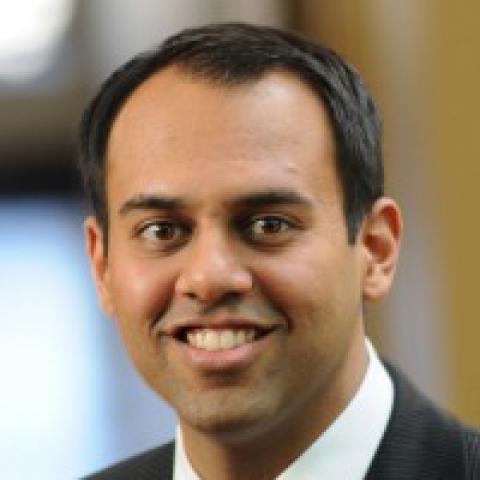While health insurance coverage continues to dominate headlines, far less attention has been paid to ongoing efforts to transform U.S. health care delivery and payment to improve health care quality and outcomes while reducing costs. As they pursue these ambitious but elusive goals, U.S. health system leaders and policymakers can learn from the experience of their global counterparts, who can offer valuable insights about what accountable care looks like in practice.
In collaboration with The Commonwealth Fund’s International Health Policy and Practice Innovations team, the global health policy and payment reform team at Duke University’s Margolis Center for Health Policy extracted lessons for U.S. providers and policymakers from the global landscape of health innovation. To ensure the relevance of international experiences, the team examined the experiences and challenges of 20 U.S. accountable care organizations (ACOs) and worked with an advisory board to guide the analysis. The Duke-Margolis team applied the accountable care framework, developed primarily in collaboration with the World Innovation Summit for Health Accountable Care Advisory Board in 2013 and 2016, to analyze global models of accountable care. As described in our case studies, the analysis found several opportunities for U.S. providers and policymakers to learn from other countries’ experiences:
- Better Together (England) is a regional alliance that has integrated health and social services for an aging population with high rates of chronic conditions. The alliance has achieved a 122 percent return on its investment.
- Gesundes Kinzigtal (Germany) is a private health management company that developed shared savings contracts with insurers to manage care for all residents in the region. By leveraging data, improving care quality, engaging patients, and linking provider payment to outcomes, it has achieved a 7.4 percent reduction in per member costs.
- Possible (Nepal) is a public–private partnership that uses community health workers and telehealth tools to provide free health services to remote rural populations for less than $20 per patient.
- Zio (the Netherlands) is an integrated care network that accepts bundled payments and deploys nurse managers to help patients manage their chronic conditions—leading to a 54 percent decrease in hospitalizations.
The team found that the successful international models shared three key approaches: 1) leaders recognized opportunities in the environment to support accountable care reforms, 2) public and private payers implemented policies that aligned payments and nonfinancial supports with outcomes, and 3) providers developed organizational competencies that created a culture and capacity for change.
Translating Lessons from Abroad
Our case studies made clear that innovations in care delivery and payment are occurring around the world—from rural villages to urban centers—and offer lessons for U.S. providers and policymakers.
1. Doctors are not the (only) answer.
Providers often lack the capacity to meet the many and varied needs of their patients. Systems like Zio in the Netherlands succeeded in part by empowering nurses to take on greater responsibility for care delivery. The U.K.’s Better Together involved physicians, managers, and social workers in the design of a new care model.
2. Health information technology does not have to be expensive.
The Possible team built an inexpensive electronic health record (EHR) system in rural Nepal that is now being scaled nationwide. Technology systems should also enhance daily workflow while supporting long-term quality improvement, such as the EHR platform used by Better Together, which updates medical information in real time through linkages to primary care practices.
3. Cheap is good.
Resource limitations and financial challenges should be embraced as opportunities for new partnerships and frugal innovations. And yet health care systems cannot do it alone. Financial support from the government was crucial to the success of each of the case study programs—from seed funding for experimental approaches in Germany to a long-term public–private partnership in Nepal. These resources enabled innovators to take risks and accommodated the incremental rate of change in health care reform. In Nepal, for example, Possible partnered with the Nepalese government to coordinate with community health workers and develop in-house HIT systems. Lessons from these examples suggest that expanding funding for current U.S. pilots could sustain the programs and lead to long-term savings.
Bottom Line
There are several proven approaches to transforming care. But translating the success of international innovators to the U.S. requires understanding the cultural and clinical contexts, aligning the goals of better patient experience and outcomes with the need to reduce costs, and a commitment among providers to develop the competencies needed to succeed.





